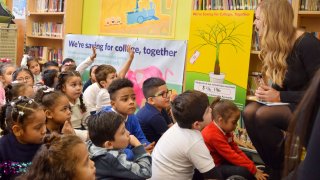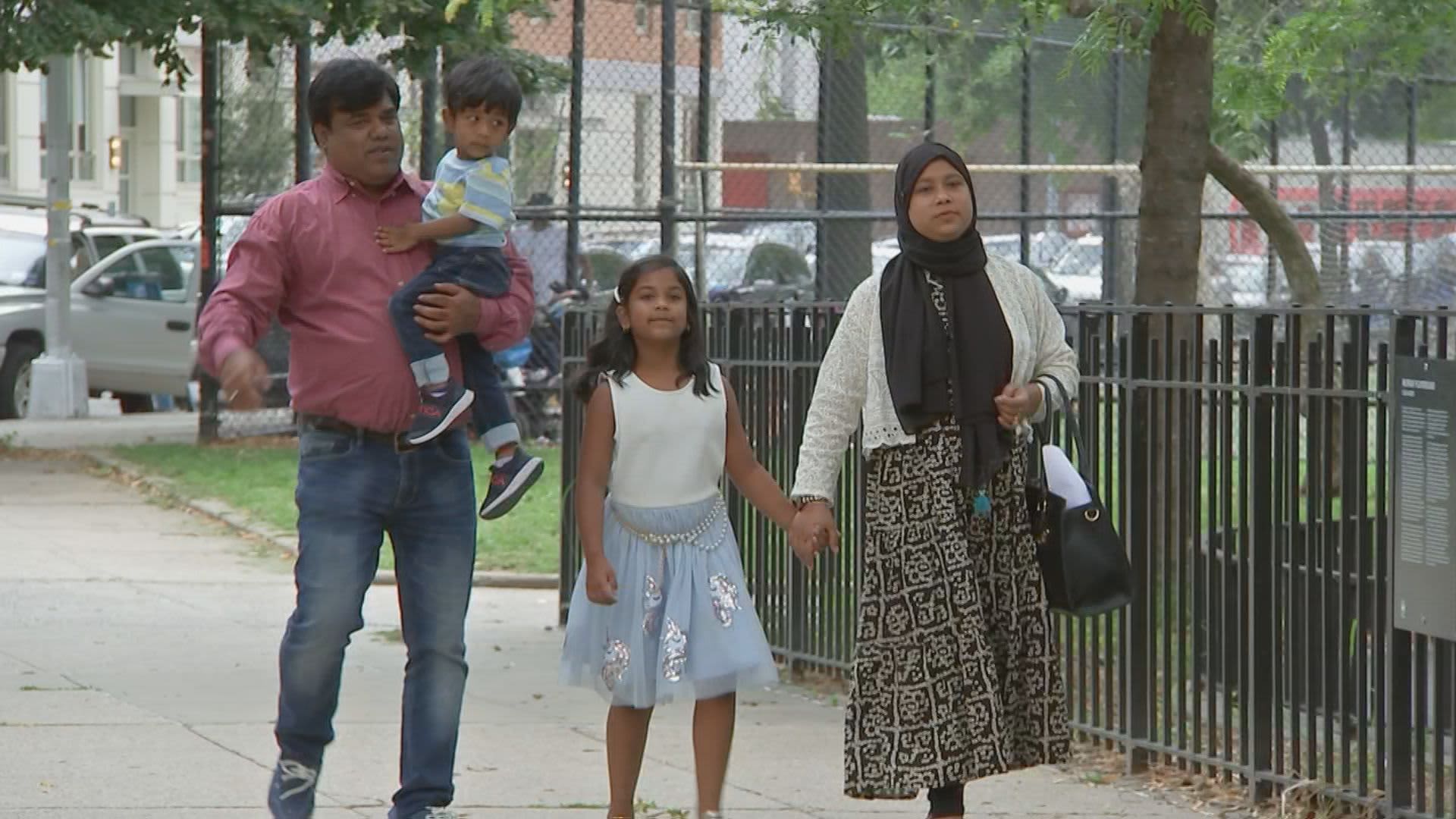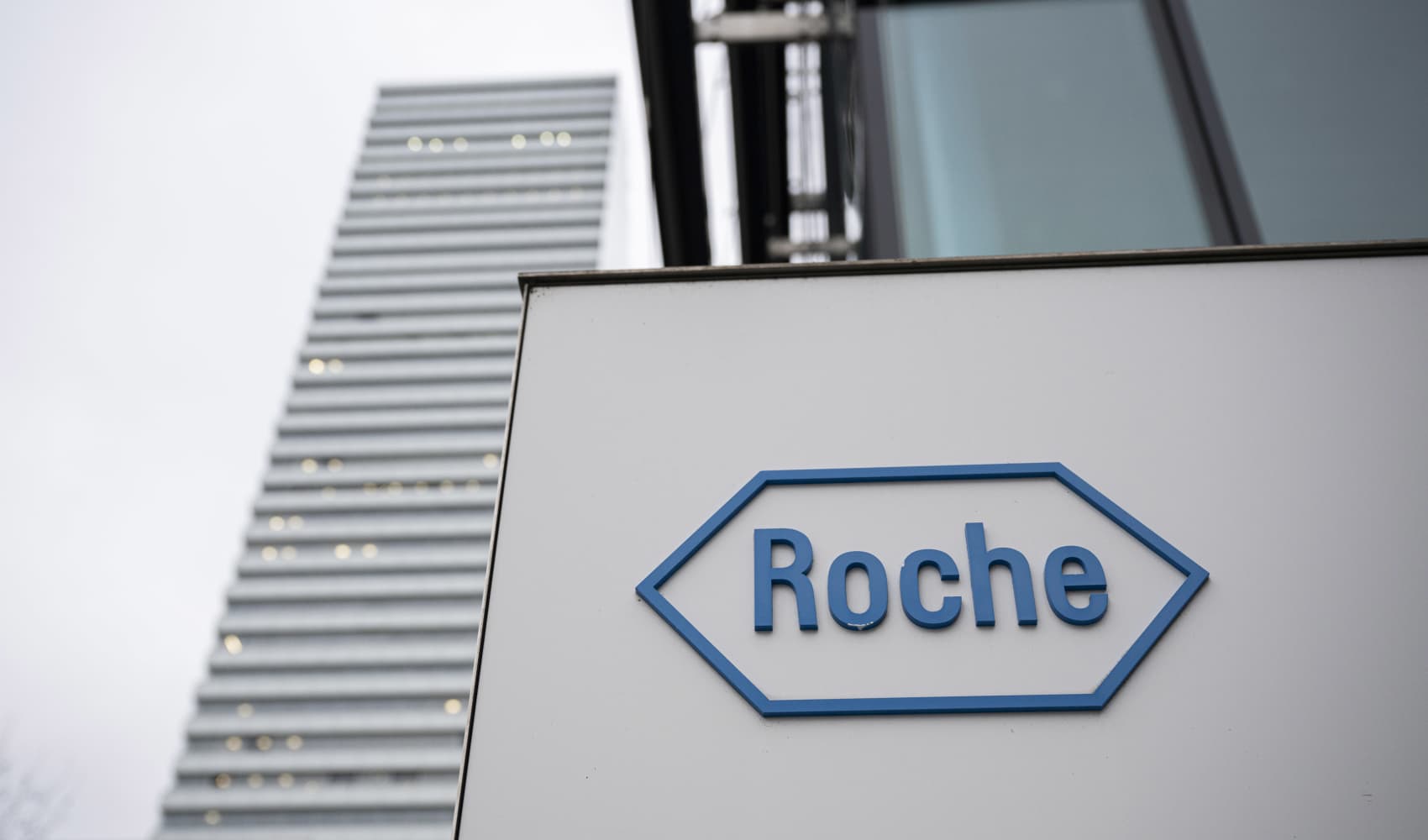
Rukiya Zaman, who is a 7-year-old, dreams of becoming a NASA astronaut.
The second grader, who was born in Bangladesh, is already saving towards that goal, thanks to a program in her New York City school district.
The initiative, led by non-profit NYC Kids Rise, began giving every kindergartner in the district $100 in a 529 college savings account in 2017. The plans are a tax-advantaged way to save for college or other schooling. Earnings and qualified withdrawals are free of federal tax and often state levies as well.
Get New England news, weather forecasts and entertainment stories to your inbox. Sign up for NECN newsletters.
"The first time I decided to go to space? Because I saw some pretty planets and I wanted to touch them," Zaman said.

The program was piloted in Zaman's district primarily because it is one of the most diverse in the city. More than half of the students are Hispanic, 23% are Asian, 16% are white and 7% are Black. About 20% of the students in the district are English language learners.
Money Report
Now, starting this fall, every public school kindergarten student in New York City will get $100 in a 529 account.
"For New York to come back stronger than before the pandemic, we must address the widening wealth gap that holds so many kids back from opportunities," New York Mayor Bill de Blasio said at an event Thursday kicking off the expanded program.
The city committed $15 million per year through 2025 to the initiative, in addition to $15 million in funding from the nonprofit Gray Foundation. On top of the the initial $100 deposit, students have the opportunity to earn an extra $200 in rewards.
They get the accounts regardless of immigration status. That's because NYC Kids Rise owns the overall account that houses the individual student accounts, so Social Security numbers aren't needed.
To be sure, New York isn't the first city to give students money for college savings accounts.
San Francisco was the first. In 2011, it began automatically opening an account with $50 for every child entering kindergarten in the public school system. Boston and Los Angeles are among those cities that also have programs, which include additional fundraising and rewards to build the balances.
In New York, the pilot program has already seen success in community fundraising. For instance, a public housing complex in the district raised enough to give all kindergarten, first, second and third grade tenants $1,000 for their accounts.
Another big part of the initiative is financial education for families. The hope is that parents will be inspired to start saving in their own 529 plan.
Rukiya Zaman's father, Rahimuzzaman Sumon, is one of those who has opened an account. When he arrived in the United States in 2009, he only had $700 in his pocket. Now he's focused on helping his daughter achieve her goals, whatever they may be.
"I can do anything for my child. I don't want to buy a house," he said. "I want [an] education for my child."
Seeing the money grow in the scholarship accounts can be empowering for parents, said Murray Abeles, chief of administration and finance at NYC Kids Rise.
"The notion that you actually have assets there, before you even thought that was a possibility, matters," Abeles said. "It becomes this notion of like, 'I can do this.'"
More from Invest in You:
HBCUs clear student balances, cancel debt with federal funds
How families can negotiate for more college aid
Here's how to deal with money stress keeping you up at night
He understands the importance of this access for the immigrant community. Abeles, whose mother is from Colombia, is an alumnus of the district that piloted the program. He remembers when he was growing up, his mom saved by stashing dollars in a jar.
"She had no information about financial vehicles, or other means of savings that could have helped her along the way," he said.
NYC Kids Rise estimates that all told, with additional community scholarships, family savings and earnings on investments through the twelfth grade, families will have saved $3,500 for education costs.
That matters. Even when families have saved less than $500, children are three times more likely to enroll in college and more than four times as likely to graduate from college than those with no savings account, according to a study by the Center for Social Development at George Warren Brown School of Social Work.
"It's oftentimes the books, the transportation, the tools, if you're in vocational training, the ancillary costs to education that provides a real roadblock to someone actually completing their education," Abeles said.
"It's through the qualified distributions from a 529 plan that they can pay for these expenses and continue their journey."
SIGN UP: Money 101 is an 8-week learning course to financial freedom, delivered weekly to your inbox.
CHECK OUT: My 4 passive income streams bring in more than $2,500 a month: Here's my best advice for getting started via Grow with Acorns+CNBC
Disclosure: NBCUniversal and Comcast Ventures are investors in Acorns.






